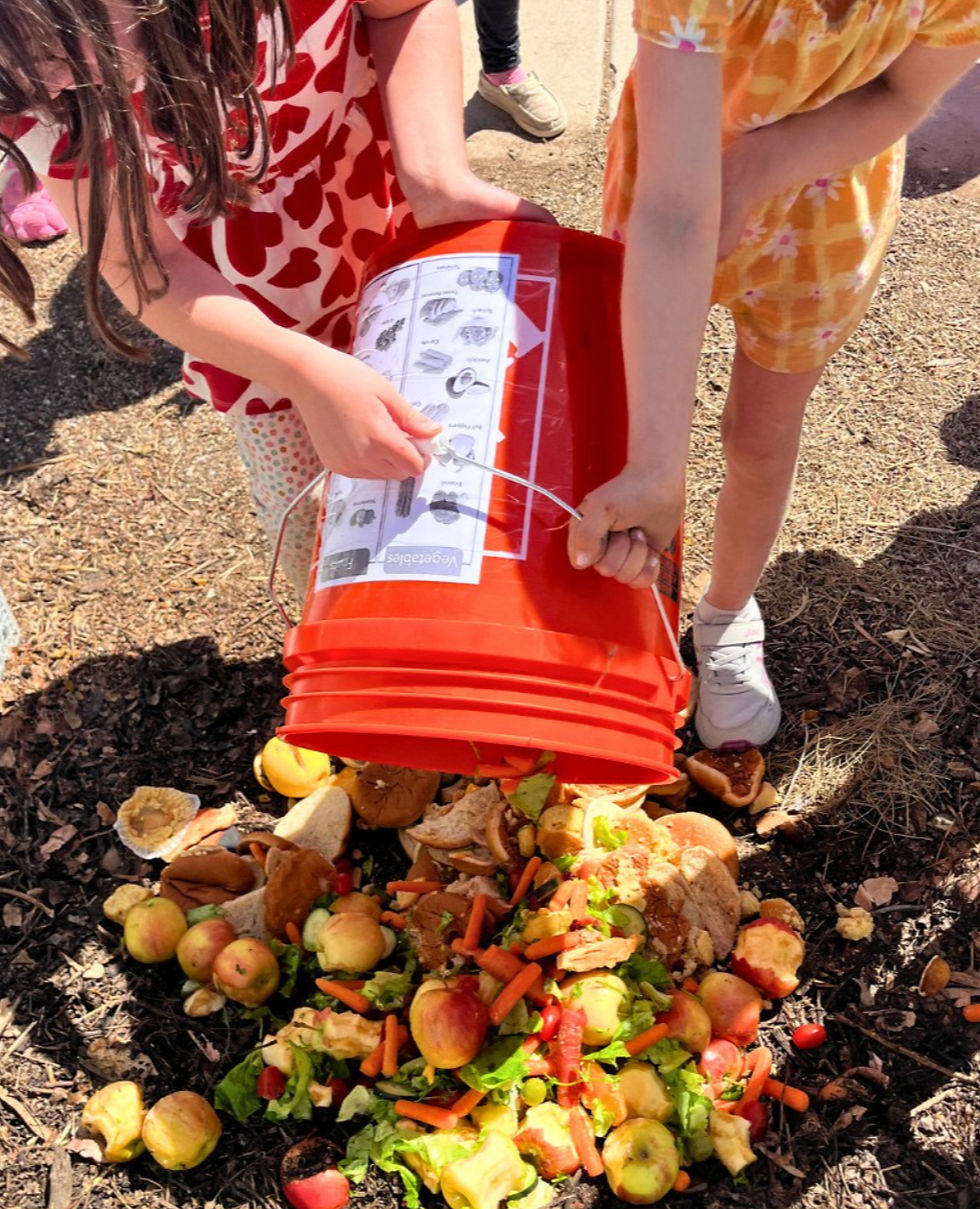How to Care for Classroom Worms During School Breaks
- Lauren Click

- Jan 16, 2024
- 2 min read
Updated: Oct 24
As the school year comes to a close, classroom composters may be wondering how to care for their worms during summer break. Thankfully, with a little extra care, your worm bin can thrive in the "worm-er" weather (and you might even have some extra worms to share by the end of summer).

Worm Composting Temperature
We recommend keeping your worm compost bin between 65ºF and 85ºF for optimal conditions. Ensure the the worm bins are indoors in a cool and well-ventilated spot, away from direct sunlight. This helps maintain a stable temperature for the worms.
Feeding your Worms
Your worms need to be fed regularly. Aim for once or twice a week, depending on the size of your worm bin. Maintain a balance between "browns" (carbon-rich materials like shredded newspaper or cardboard) and "greens" (nitrogen-rich materials like kitchen scraps). Follow a ratio of 70% browns to 30% greens to create an optimal environment for the composting process, and to prevent issues like overfeeding or unpleasant odors and bugs.
Try Frozen Slow-Release Food Cubes: Frozen slow-release food cubes can help maintain a sustainable and temperature-regulated environment. Prepare frozen food cubes by blending kitchen scraps with water and freezing them in ice cube trays. Provide these cubes to the worms as a slow-release food source that also helps regulate temperature.
Moisture Management
Worms need a damp but not waterlogged environment to live. During warmer days, check the moisture levels in the worm bin more frequently. Add dampened shredded newspaper or cardboard to maintain optimal moisture. You can also create moisture retainers using natural materials, like burlap or cotton, and gently placing them on top of the bedding to help preserve moisture.
Student Involvement
Allow interested students to take home a portion (or all) of the worm bin along with instructions for care. This not only spreads awareness but also ensures the worms are looked after during the summer. Give these students the task of maintaining a summer worm diary. This can include observations, feeding schedules, and any changes noticed. It's a fun and educational way to keep them engaged.

Worm Population Growth and Sharing
Conduct a worm count (we recommend by weight) before and after the summer break. Share the results with students and highlight the population growth! This can be a great conversation starter about the importance of composting, and can even help you provide your surplus worms to other classrooms or schools to jumpstart their classroom composting.
With a little creativity and involvement, teachers can ensure their composting worms thrive throughout the summer. Are you ready to compost in your classroom? Learn how Let's Go Compost empowers teachers and the next generation of sustainability enthusiasts through our STEAM (Science, Technology, Engineering, Art, and Math) Classroom Composting Program.
About Let’s Go Compost
Let’s Go Compost is a national nonprofit making composting simple, affordable, and accessible for schools, families, and communities. Our programs bring hands-on compost education to classrooms across the United States, helping children and educators turn food waste into learning opportunities that build responsibility and respect for the natural world.
Learn more about our programs at letsgocompost.org and support our work at letsgocompost.org/donate.



